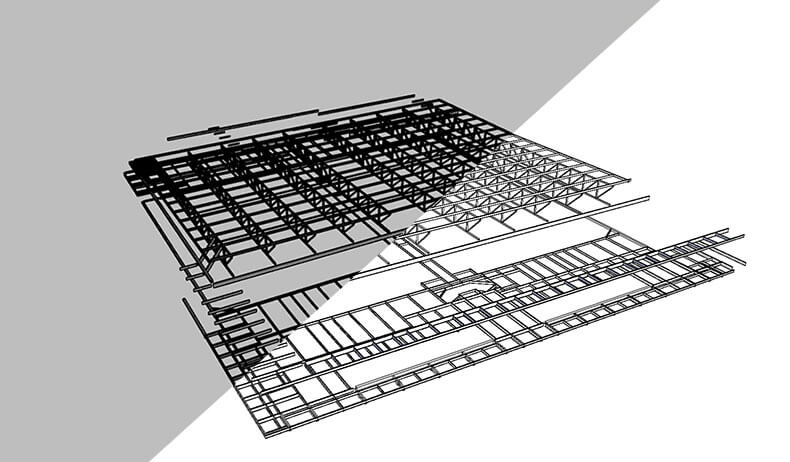

SKP Export Options Export planar regions as polygons Always use these settings. Mesh file types export NURBS surfaces as meshes either with the specified meshing options, or the document render mesh settings.If the export can be configured, click the Options button to specify export settings.Saves data attached to objects or the document by plug-in applications. The Grasshopper Component for SketchUp makes it possible for. A new file is made, but it does not become your active Rhino model.Įmbeds external textures used by materials, environments and decals into the model. Rhino.Inside is a registered trademark of Robert McNeel & Associates. This is similar to exporting the objects. No layers, materials, properties, notes, or units settings are saved. Though clearing the render meshes makes the file smaller, it will shade and render more slowly the next time you open the file. Enter your email address to download: email: You will be subscribed to our newsletters. In the File name box, select or type a file name.In the Files of type box, select the supported file type.In the dialog box, the Files of type list displays the currently supported file types for export.On the File menu, click Export Selected or Save As.FBX failed, the file genetated waas very big and when opened in Maya and Rhino, the geometry was missing and a bit muddled.Īny suggestion to prepare the models to export from eithert software is welcome. dea worked best for me so far, but havent try. Now exporting from SketchUp to RHINO is a different matter, and. fbx - if the was reduced the same amount in RHINO. The file generated was way bigger than the. fbx there is a slider to determine how to export this file from RHINO. The downside is that there is a need for an extension to open it in SketchUp. ( I might be wrong, but I think it’s equivalent to meshing and reducing the mesh before exporting from RHINO). fbx: seems to work well, especially because it seems to me that when exporting from RHINO it automatically meshes the poly-surfaces together and there is a slider to determine the level of polygons/compression. fbx generated from the same RHINO file, but surprisingly when re-saved as. dae: Imports well…the file generated is bigger than the. obj: I found that OBJ is only working well, but doesn’t keep the groups, so I tend to use the following formats instead.

skp: It sounds like the obvious choice, but for me, it doesn’t seem to work as well as the other formats below. I collaborate with people using RHINO, so I experimented a bit with different formats. I would like to share some of my experience with importing 3D models from RHINO and I am asking for more tips on this.


 0 kommentar(er)
0 kommentar(er)
